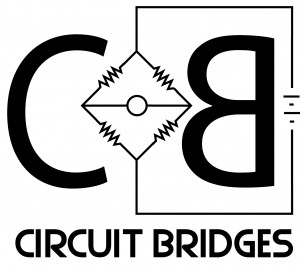MO(NU)MENTalism by Goce Nanevski
MO(NU)MENTalism
The newest achievement of the author Goce Nanevski titled simply “MO(NU)MENT” represents a kind of continuation of his previous research in the area of three-dimensional objectness. In the given case, despite the minimalistic geometry emphasized in his early works (starting from the first solo exhibitions in the Youth Cultural Centre, Skopje, 1998 and Museum of the City of Skopje, 2002), during the recent years, starting from 2006 (Road, National Museum of Veles, 2006, Fifty or Fifty, Museum of Contemporary Art – Skopje, 2006), and especially evident
in his project Fifty or Fifty, presented at the 53rd Biennale in Venice, of particular interest to the author’s activities is the development and the realization of monumental objects and installations (accompanied by sound and video) that could simply be described with the term mobile.Important for concretizing the technical and mechanical aspects of the medium is Goce Nanevski’s interestfor the principle of movement, not only in sculpture, but movement as a concept in the creation and existence of art (and life in general). The author’s fascination with movement is associated with a mobile mechanical segment,present in the aforementioned exhibitions since 2006. This mechanical segment – flow meter from a fuel dispenser,
on a level of a symbol or an artifact or a code at the bottom line, is a sequence of reality closely related with meaning and interpretation of the notions of movement, space, time. Even though by education and vocation he is a sculptor,through these few indicated exhibitions Nanevski’s diversion from what has been called “traditional content” (B.Ivanov) is concretized, in different mediums, not only object, but video as well. Furthermore, the said projects have announced a developmental path to liberation from the formal aspect of the sculptural; this liberation is a basis for different interpretations that cover more in the area of engagement through touching (directly or indirectly) the cultural and social conditions on one side, and the emotional and psychological conditions of the person on the other side.
Perceived from a technical perspective, the complexity of the object itself covers several sequences thatcontain professionally produced mechanical and electronic parts, that is a kinetic moment, but also electronic software that allows movement of the ready-made object, and all supplemented with video projections. The idea of physical movement is not new and unknown in art, and the mobile objects themselves are widely defined as static sculptures
and objects whose elements can move and shift, whereas those mechanical works that move in space, conditioned by software and with their layout and behavior indicate even robotic elements. This sculptural-mechanical system, executed in monumental dimensions, in formal and apparent sense, contains the elements of both different systems.
The spin as a moment of movement, that is a mobile mechanical moment, is also of crucial interest for the latest project by Goce Nanevski. Central element/object of the mega-project “MO(NU)MENT” is the cult “Fico” (the car Fiat 500), an object removed and dislocated from its environment, and set on a “pedestal”, consequently gaining the function of an aesthetic object. From a sociological aspect, this retro design icon of the everyday family transport in the Seventies of the XX century (in Europe somewhat earlier), even though already very rarely, nowadays almost completely absent automobile, is monumentally perceived by the author as a synonym of life and the industrialdevelopment in general, and as one of perhaps the most popular artifacts of one period, a product of mass culture with exceptional industrial design and practicality. Furthermore, this aesthetically defined mechanism with its practicality
in terms of economic affordability is a symbol of freedom of movement. The concept of movement as freedom is represented through several videos with different “protagonists”, who set in daily “spin” situations emphasize the contrast static-mobility.
Goce Nanevski’s approach to his objects is serious, but with certain and more stressed dose of irony and criticism. Although this critical aspect is not immediately readable and imposed, it is reflected in the views of the author, according to whom, the project “MO(NU)MENT” in its basis should map a picture of the man defined as a responsible entity who influences his surroundings and vice versa, when his decisions and reactions are conditioned by the mutual bond individual-society, through examination of the systems of probability.
The complex project “MO(NU)MENT”, through the efforts to define the notions of movement and time, whose phenomenal appearance is the subject of interest for interpretations of different physical-mathematical and philosophical nature from ancient times until today, is seriously engaged and ultimately refers to man’s existential condition of placement and occurrence in today’s social and societal frameworks and systems.
Maja Chankulovska-Mihajlovska


